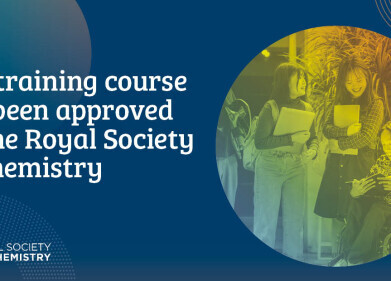Gas chromatography
How Did Egyptians Embalm Bodies? Chromatography Explores
Jun 07 2021
With no internet, aeroplanes or electricity, it’s easy to think that the ancient world was rudimentary. But with every discovery, we get more of an insight into the advanced techniques used thousands of years before any of us were born. Ancient Egypt is a case in point, with the earliest examples of libraries, glasswork and even neuroscientific research.
The way they preserved the dead is no exception. We’ve long been aware of Egyptians’ intriguing rituals to prepare bodies for the afterlife – and a new discovery has shone even more light on the matter.
What we know thanks to chromatography
The ancient Egyptian embalming process has been researched by scientists across the world for a number of decades. Some of the most prominent discoveries have come thanks to gas chromatography/mass spectrometry (GC/MS), the troubleshooting of which is discussed in the article ‘Gas Chromatography Troubleshooting Part I – Peak Shape Issues’.
In 2017, gas chromatography was deployed to reveal compounds used in the embalming process during mummification. It suggested that non-human animal fat was used, which implied that the body in question was an elite member of a royal household. That allowed archaeologists to conclude that the legs they were analysing were in fact those of Queen Nefertari, the royal wife of Pharaoh Ramses II.
Elsewhere, methods have been developed to gain more information from ancient books and manuscripts – many of which are from Egypt. EVA film captures proteins, oily molecules and charged particles from parchment or papyrus, without any impact on the artefact being analysed. Those particles are then assessed using liquid or gas chromatography to gain more information about people who had handled the artefacts, not least the writer.
The latest findings
The latest development in terms of Ancient Egyptian embalming combines the two examples above, with researchers discovering a 3,500-year-old piece of papyrus from Egypt.
After the document was translated by experts at the University of Copenhagen, they found it was a medical paper of sorts – instructing readers how to cover a dead person’s face.
It describes steps and processes to effectively embalm the face as well as listing ingredients to create a protective balm. Plant-based aromatics and binders are amalgamated by cooking, with the end result used to coat a piece of linen for covering the dead person’s face.
The manual also details a four-day interval between embalming, during which bodies are covered with cloth and infused straw to keep away pests. Not too shabby for a civilisation that existed over 5,000 years ago
Events
May 11 2025 Vienna, Austria
May 18 2025 Tempe. AZ, USA
May 21 2025 Birmingham, UK
Jun 01 2025 Baltimore, MD, USA
Jun 15 2025 Bruges, Belgium
.jpg)

.jpg)











